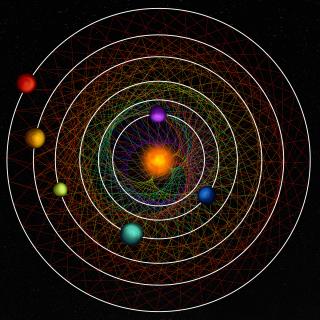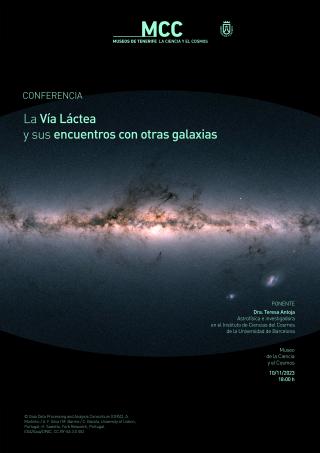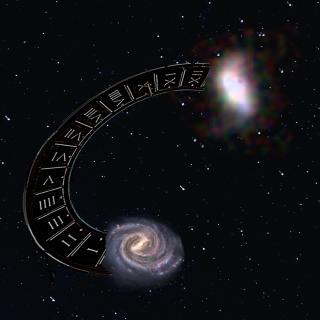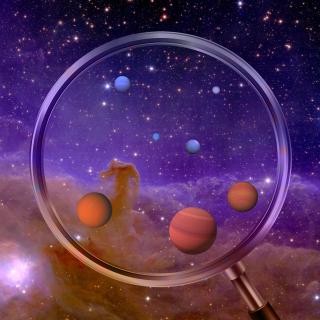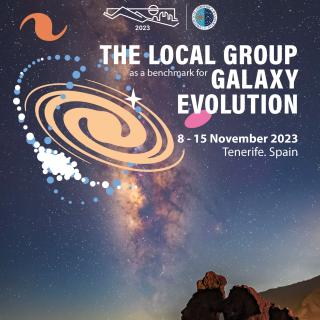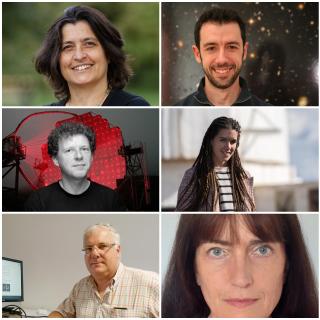
Nine internationally renowned specialists in the field of astrophysics have participated this year in the "Visiting Researchers" programme of the Occident Foundation (formerly the Jesús Serra Foundation), spending a minimum of one month and up to three months at the Instituto de Astrofísica de Canarias (IAC). As in previous editions, the invited researchers have been able to work together with members of the scientific teams of the different lines of research of this institute. The "Visiting Researchers" programme aims to attract the presence of internationally renowned researchers to
Advertised on
